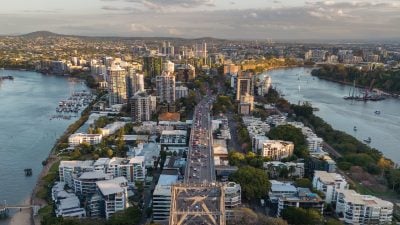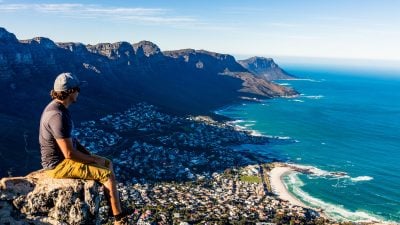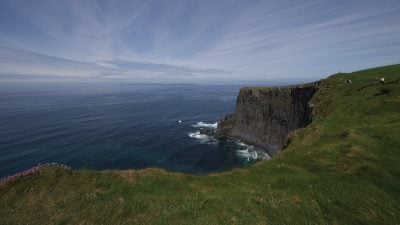Home / Latin America & Antarctica / Eight Iconic Sites to See on a…

Eight Iconic Sites to See on a Central and South America Vacation
The most outstanding sites on a Central and South America vacation are numerous and should not be missed. What’s on your bucket list?
My intention here is to highlight the top 8 iconic sites in South and Central America, natural or otherwise, that are my favourites that I have personally experienced and have what I call the “Wow Factor.” Over time, I have visited over 80 countries in the world and, by the way, there are officially 195 altogether. I am sure you will agree that to whittle down the choice to 8 sites is bordering on the insane. However, after giving this some thought, I have only selected those (in no particular preferential order) that are generally known and cherished… let’s see if they coincide with yours.
1. The Amazon River, Jungle, and Rainforest – Brazil
Visiting the Amazon may well seem daunting but it doesn’t have to be. I would not suggest to the average traveller on trips to Brazil that they attempt to explore the region on their own. Before offering sensible ways to enjoy the Amazon, let’s look at reasons to visit. The Amazon Rainforest accounts for more than half of the world’s remaining forests and 20 per cent of the world’s oxygen. One in 10 known species in the world can be found in the Amazon region, home to around 2.5 million insect species, tens of thousands of plants, and thousands of birds and mammals. Many areas in the jungle are difficult to get to and some are still unexplored. The villages along the river or in the jungle are mostly untouched by modern lifestyles. The people stick to traditional ways of living. In these villages you will find medicine men, healers, shaman, and witch doctors. The Amazon River is 6400 kilometres/4000 miles in length.
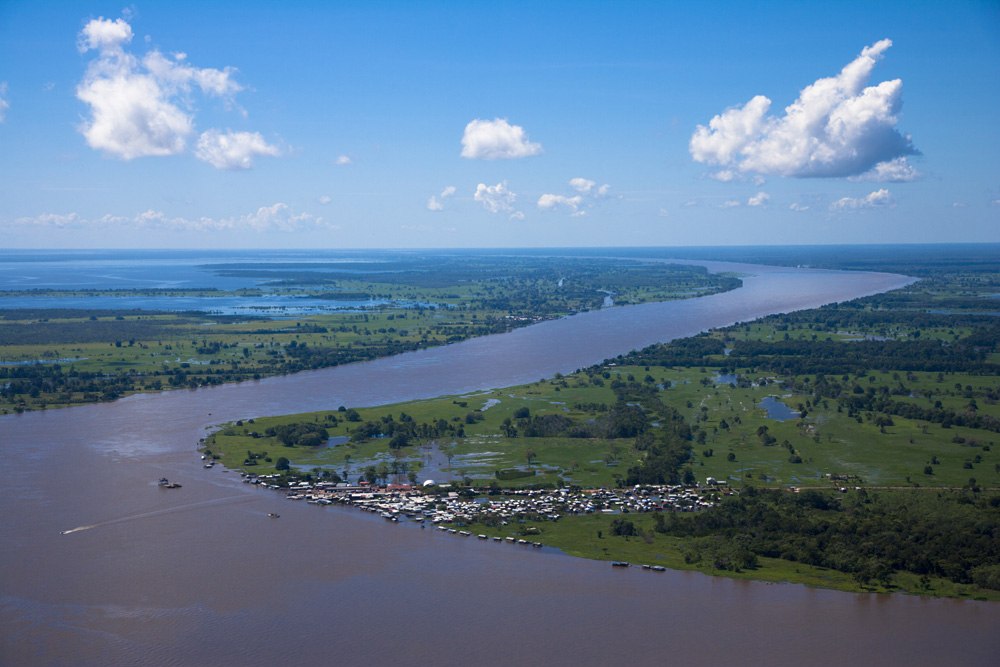
Okay, so how to tackle the Amazon on your Central and South America vacation? Take a cruise starting from Manaus. Situated in the heart of the rainforest, Manaus is the largest city in the Brazilian Amazon and is located on the Rio Negro a few miles before it meets the Rio Solimoes to form the Amazon River, properly called the “Meeting of the Waters.” This will be one of the highlights on your cruise. You can choose various types of cruises depending on your taste and budget. From small motorized canoes and speed boats to 5-star luxury ships, these are all available. Try to spend some time in Manaus itself, with its famous Manaus Opera House built during the heyday of the rubber trade and where many famous opera divas and maestros performed.

2. Machu Picchu – Peru
Much has been written about Machu Picchu and it’s no wonder. The reasons for this, in my opinion, are, first, because of its location and the surrounding breathtaking panoramic views; secondly, because you discover what was an ancient, active Inca city; three, because it’s not all that easily accessible – making it more desirable on a Peru vacation. Machu Picchu stands 2,430 metres/7970 feet above sea-level in the middle of a tropical mountain forest. It is 80 kilometres/50 miles North West of Cusco.
It is a complex of palaces and plazas, temples and homes and may have been built as a ceremonial site, a military stronghold, or a retreat for ruling elites. The ruins lie on a high ridge surrounded on three sides by the Urubamba River, some 610 metres/2000 feet below. Machu Picchu was built around 1450 at the height of the Inca Empire. The upper town is where the temples are which were used for religious and ceremonial purposes. The lower town is where the lower class people lived. It includes storage buildings and simple houses. Machu Picchu is made up of more than 150 buildings ranging from baths and houses to temples and sanctuaries. It was probably the most amazing urban creation of the Inca Empire at its height and its giant walls, terraces and ramparts seem as if they have been cut naturally into the rock escarpments. The city was made of cut stone fit together without mortar, so tightly that its cracks still can’t be penetrated by a knife blade.
There are three ways to consider getting to Machu Picchu on your Central and South America vacation. The first is by train to the nearest settlement, Aguas Calientes, a small town at the foot of the mountain. The second is to consider a bus journey to Ollantaytambo then the train to Aguas Calientes. The third is to take the 4-Day Inca Trail Trek. It is highly recommended to stay in Aguas Calientes overnight and then visit the site first thing in the morning to avoid the crowds.

3. Corcovado – Rio de Janeiro, Brazil
To put it simply, this is one of the most breathtaking sites I have ever encountered on any Central and South America vacation. Imagine being on the Atlantic Ocean coast in Rio de Janeiro, on a trip to Brazil, and looking up, way up and seeing an enormous statue, 100 feet/30 metres high, of Christ the Redeemer with its outstretched arms welcoming the world. This statue is several kilometres/miles above your gaze and will absolutely enchant you. This is on top of Corcovado Mountain, 700 metres/2280 feet above the ocean. Now, let’s go to the top of the mountain and look down. The view of the city and the coastline are again spectacular. You can have a bird’s eye view of all the famous beaches such as Ipanema and Copacabana, plus Sugarloaf Mountain and the Maracana Soccer Stadium. How do you get to the top of Corcovado? You can climb up, but this is only suitable for avid climbers. You can take a train from Rio. You can take a bus to the back of the mountain and walk up – which I have done – or you can simply take a tour excursion.
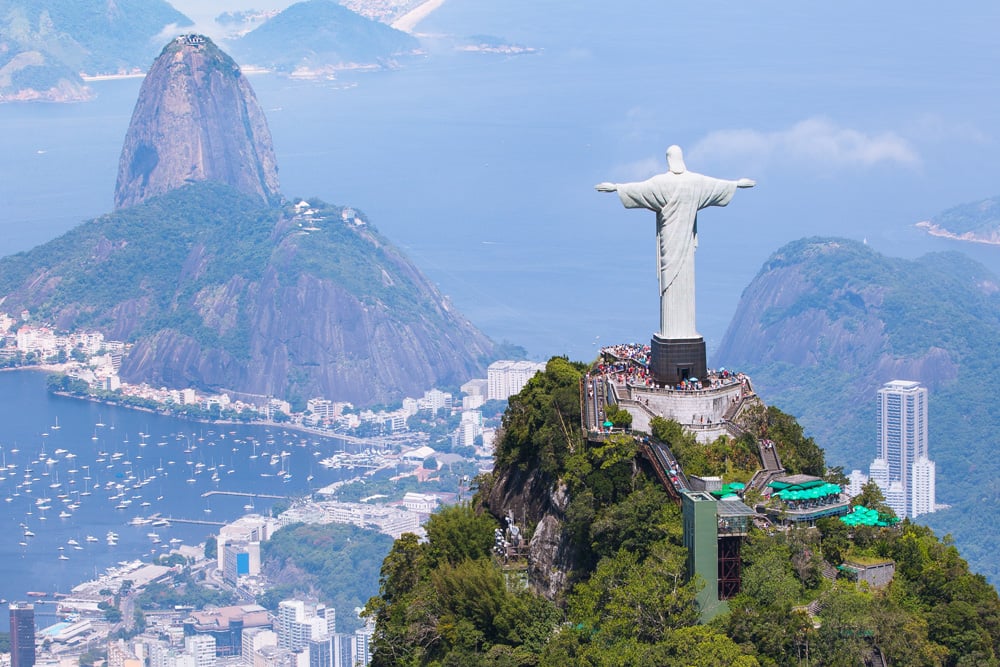
4. Iguassu Falls – Brazil and Argentina
Here is a waterfall that is shared by three different countries – Argentina, Brazil, and Paraguay. It is 2.7 kilometres/1.7 miles long and has 275 individual water cascades. Iguassu Falls (or as the Argentineans call it, Iguazu Falls) has the largest average annual flow of water, more than any other waterfall in the world. If you measure the surface water flowing over the entire falls, it is double that of Niagara Falls. You can stay on the Argentina or Brazil side and see both sides on any tour undertaken. Both Argentina’s Puerto Iguazu and Foz do Iguacu, on the Brazilian side have a good selection of accommodation. I highly recommend spending at least a day on each side of Iguassu. About three-quarters of the total length of the falls are on the Argentinean side. The most impressive part of the falls is called “Devil’s Throat,” shared between both sides. It is a U-shaped cataract and half the river’s flow falls into it. You will see a huge amount of mist which can be seen from afar, and hear the roar of the water pouring down. You can take a train running along the Argentinean side to where the mist and the roar are the most spectacular. Also, you can walk to Devil’s Throat and take a boat ride underneath the falling waters. While the falls are farther away, you can get a better overview of them from the Brazilian side. From virtually every angle, the views are definitely more panoramic. If you want a totally different experience on your Central and South America vacation, consider the 10-minute helicopter ride from the Brazilian side. What you get is a bird’s eye view of not only the falls but also the surrounding rainforest.
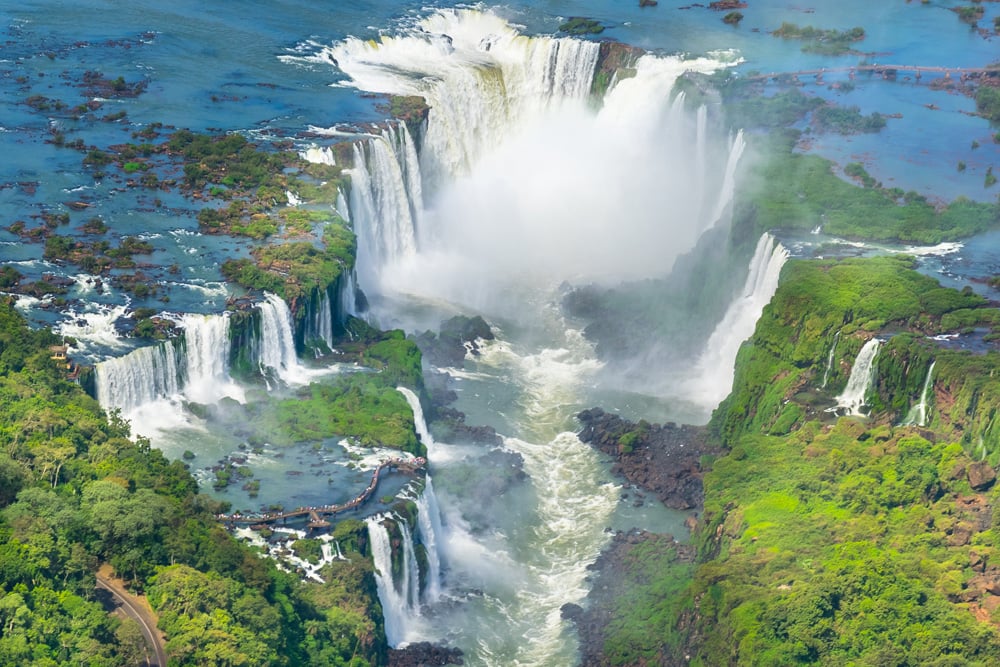
5. Galapagos Islands – Ecuador
The extraordinary Galapagos Islands have to be one of nature’s most important gifts to humanity. Totally unique, they consist of 127 islands and islets, 19 of which are volcanic and are located 1000 kilometres/620 miles off the coast of Ecuador. The UNESCO World Heritage organization calls it a “living museum and showcase of evolution.” Human settlements are restricted to only 3% of the area on four of the largest islands. The islands are also a national park and marine reserve to be experienced by nature lovers on a Central and South America vacation. The Galapagos National Park, which controls 97% of the islands, enacts strict regulations concerning where people can go, what they can do, and how many people can turn up in any one spot. A limited number of overnight boats are allowed to operate and each boat is equipped with a tracking device so that authorities can verify exactly who is going where at any given time.
As you’ll discover on your Ecuador vacation, the islands are an ecological wonderland, populated with fearless and incredible wildlife. The largest living tortoise species, the Galápagos Tortoise is famous for its long lifespan and can weigh over 400 kg/880 lbs. The distinctive blue-footed booby is synonymous with the islands, so too are the colonies of curious sea lions. Besides unique wildlife, there are also excellent beaches that welcome swimming, diving, and surfing. There are numerous leisurely cruises from which to choose to maximize your experience here.
Related Article:
Your Guide to a “Wild” Galapagos Islands Vacation

6. Atacama Desert – Chile
The Atacama Desert covers a strip of land which is 1000 kilometres/620 miles long on the Pacific coast of Chile, west of the Andes Mountains. It is known as the driest place in the world, with some areas having no recorded incidence of rain. However, there are two rivers that are fed by snow from the Andes which create numerous oases throughout the desert. So why visit a dry desert on a Central and South America vacation, you ask? Some of the spectacular landscapes are breathtaking. There is exceptional nature in the form of salt flats, lagoons, volcanoes, natural hot springs and geysers. There is also a rich variety of flora with over 500 different species. The night sky is beyond belief and has been recognized as the clearest sky anywhere. In fact, several countries have set up observatories here to study astronomy. The Aymara indigenous community, which still prevails in small concentrations here, lives in quiet, cozy villages. Your best bet is to stay at one of the excellent lodges and partake in some of the numerous activities available. Not all activities need to be strenuous. You can participate in 4 wheel drive tours of the area or simply relax at a lodge.
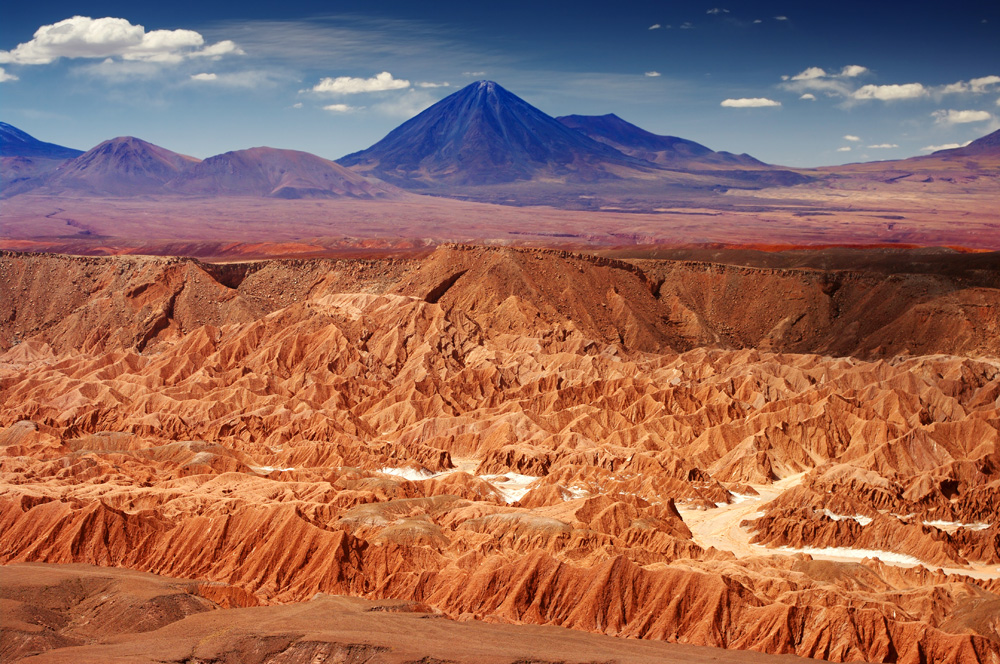
7. Lake Titicaca – Peru
Let’s begin with a bit of trivia. Lake Titicaca is the 18th largest lake in area worldwide and the largest lake in South and Central America. It is sandwiched between Peru in the north – which possesses 60% of the lake’s area – and Bolivia in the south. It also has a claim of being the world’s highest navigable lake at 3845 metres/12,500 feet above sea level. The dimension of the lake is 190 kilometres/118 miles long and 80 kilometres/50 miles wide. Most visitors who begin their visit on the Peruvian side will probably start in the port city of Puno, which is situated on a picturesque hillside overlooking Lake Titicaca. It is a gateway to many of the lake’s tourist attractions you’ll find on a Peru vacation and offers a mixture of modern life and the traditional Andean life. You will see people, women mainly, dressed in traditional ethnic clothing. When in Puno, it is almost certain that you will visit the nearby Uros Floating Islands. These are a group of around 44 man-made islands within Lake Titicaca which are actually made of Tortora rushes, as are the houses and the residents’ boats. The biggest island has several buildings including a school, post office and… souvenir shops. The people of the Uros Islands, who predate the Incas, speak the Aymara language.
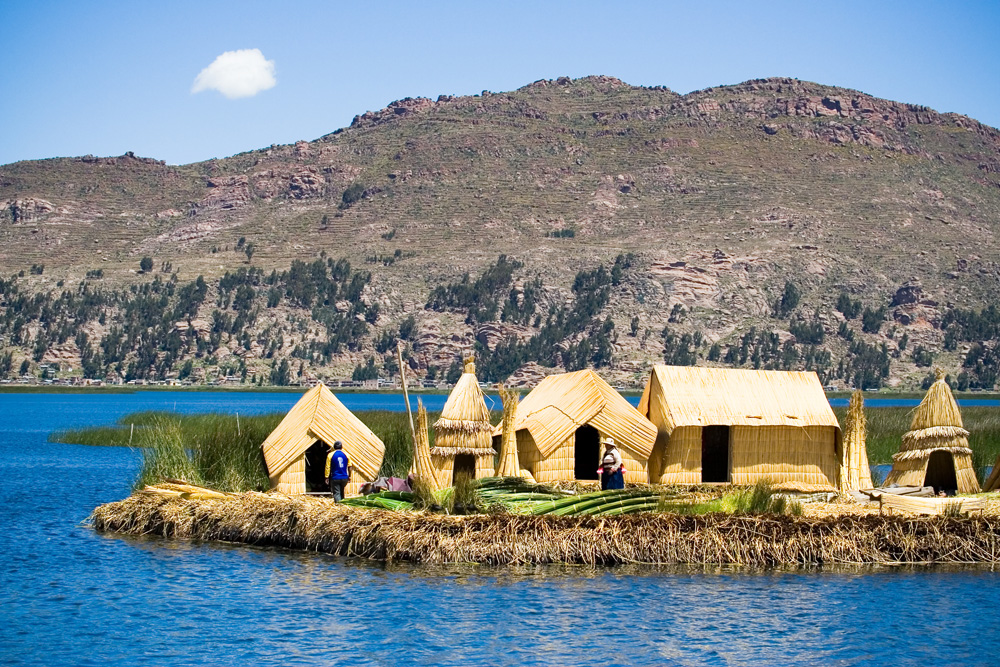
8. Chichen Itza – Mexico
Chichen Itza is located in the Yucatan Peninsula. It was once a large pre-Columbian city built by the Mayan civilization. It was a thriving community between 600 and 1200 AD. Chichen Itza was one of the largest Mayan cities and one of the most visited archaeological sites in Mexico. The most famous building is the Pyramid of Kukulcan, a temple-pyramid dedicated to the feathered serpent of the same name. There are other temples to explore with names such as the Temple of the Warriors, the Temple of the Monkeys, the Temple of the Owls, and the Temple of the Jaguars. At night, there is a sound and light show which is very spectacular on a Mexico vacation.
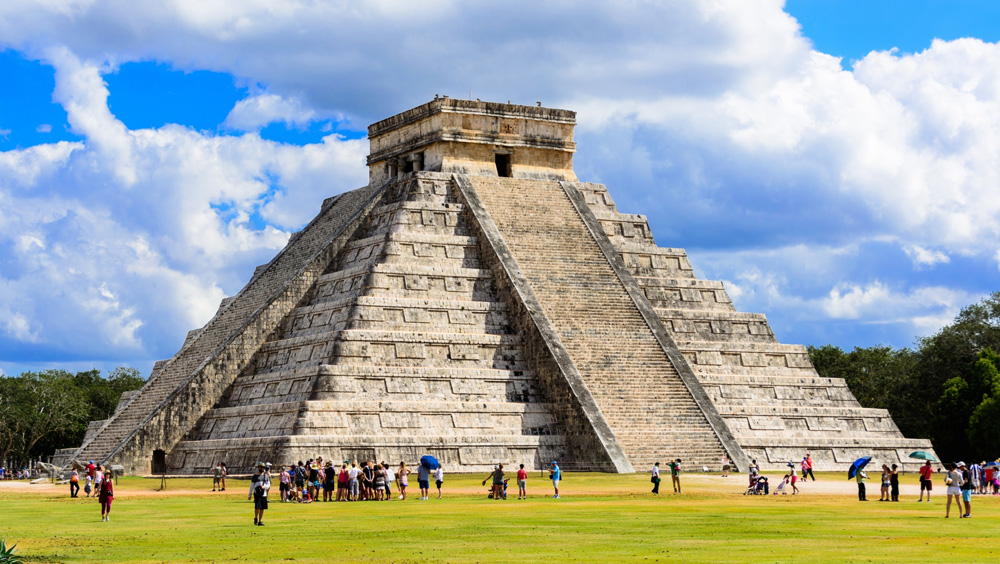
Get more travel inspiration by email.
Subscribe
0 Comments

Get the latest travel trends & hear about the best deals on vacations around the world.
If you’re a Globetrotter, these are the newsletters for you!

